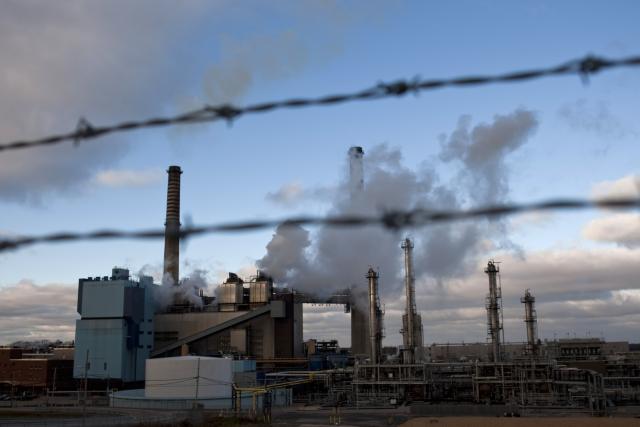The United States and EC cost estimates for HRS, CRS, and
WR are presented in tables 3.4, 3.5, and 3.6. Also shown is
the United States cost relative to that of the EC for each
year. These results are described in the conclusions.
iV. CONCLUSIONS
The cost estimates comparing the United States with Japan
and with the EC for hot and cold rolled ~p'eet show similar
trends. Throughout the period from 1956 to 1968 or 1969, both
Japan and the EC were generally able to improve their cost
positions relative to the United States. During the years from
1969 through 1971, Japan ceased to improve its cost position
relative to the United States and the EC's position deteriorated.
Both Japan and the EC were able to cut their relative costs in
1972;
but in 1973 and 1974, the United States cost position
improved dramatically. In two years the Japanese lost all the
relative cost advantage they had gained since 1965, and the
Europeans appear to have returned to the relative position they
held in the late 1950's with a significant cost disadvantage
to the United States. The latest available data for the EC
series were for 1974. In 1975 and 1976, however, Japan
decreased its unit steelmaking cost relative to the United
States and nearly regained its 1972 position. If the unit cost
estimates were used to infer a 1976 point comparison, the U.S.
would appear to have a decided cost disadvantage in its home
market (even if appendix 3B's high estimate of the cost of transporting steel from Japan to the U.S. were accepteà). For
reasons oiscussed in the body of the chapter, one cannot place
confidence in the unit cost estimates as precise indicators of
absolute cost levels.
In figure 3.5 is grapned the relative cost series for
Japan ("all inputs studies"), labeled UJ, along with Japanese
steel imports to the U.S. as a percentage of U.S. consumption,
labeleà JI. On the same page is grapheà .t-he'relative cost
series for European hot rolled sheet (U.S.jEC), labeled UEH,
along with European imports to the U.S. as a percentage of
U.S. consumption, labeleà EI. The parallels are apparent.
A simple linear regression of Japanese steel imports as a
percentage of United States consumption on the U.S.jJapan relative cost ser ies anà a constant yields:
( 1) J I = 9. 5 + 8. 8 UJ
(8.62 )
R2 =
F
.80
= 74.4
The value in parentheses is the t statistic and the R2 is
aòjusted for degrees of freedom.
Regressions of EC imports as a percentage of united States
consumption on EC hot rolled sheet relative cost, cold rolled
sheet relative cost (UEC), and wire rod relative cost (UEW)
All of the equations except (4) show the United States level
of imports to have a significant positive correlation with the
United States relative production cost. The equation for Japan
(1) shows the strongest correlation but the correlation is also
significant at better than the 99 percenb 'confidence level in
equations (2) and (3). The coefficient on relative cost is
statistically insignificant in equation (4).
Of course, many factors other than relative costs can be
expected to influence trade balances--unsynchronized business
cycles, national trade policies, industry behavior, str ikes,
etc. But the relationship between the broad pattern of the
relative cost movements and the U.S. trade balance is such that
one cannot reject the hypothesis that costs have been an
important factor influencing trade flows.


